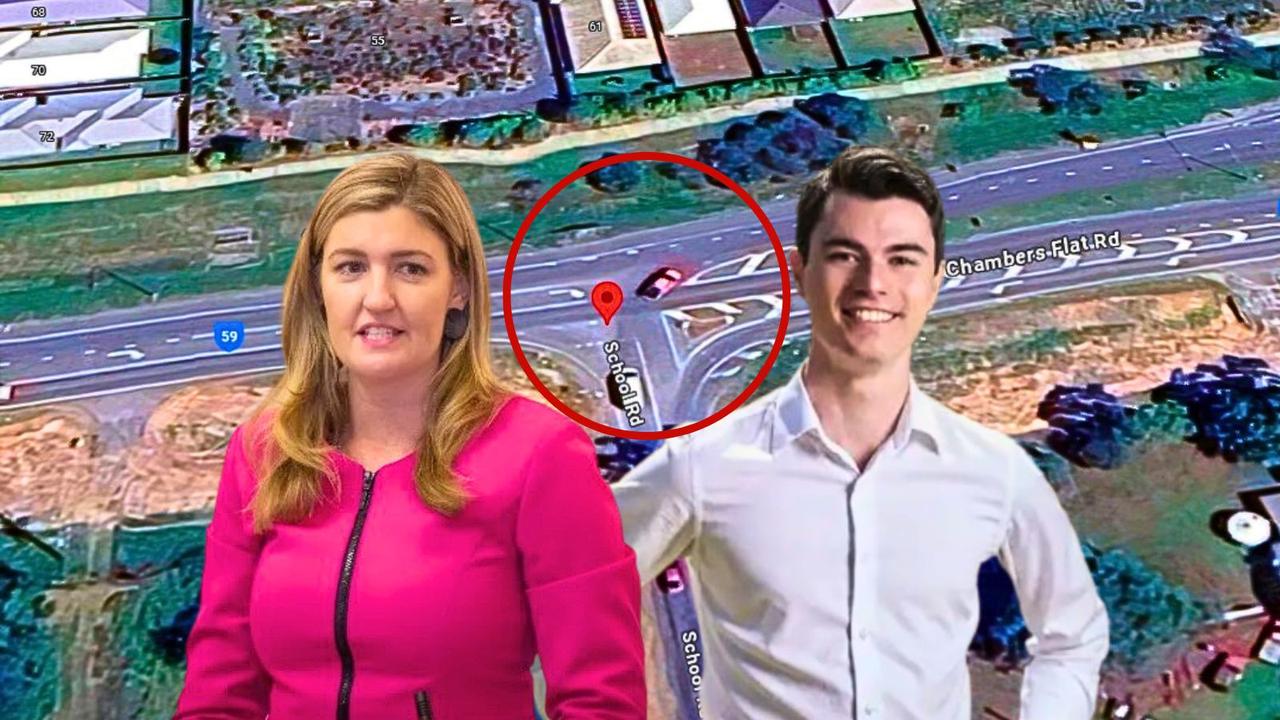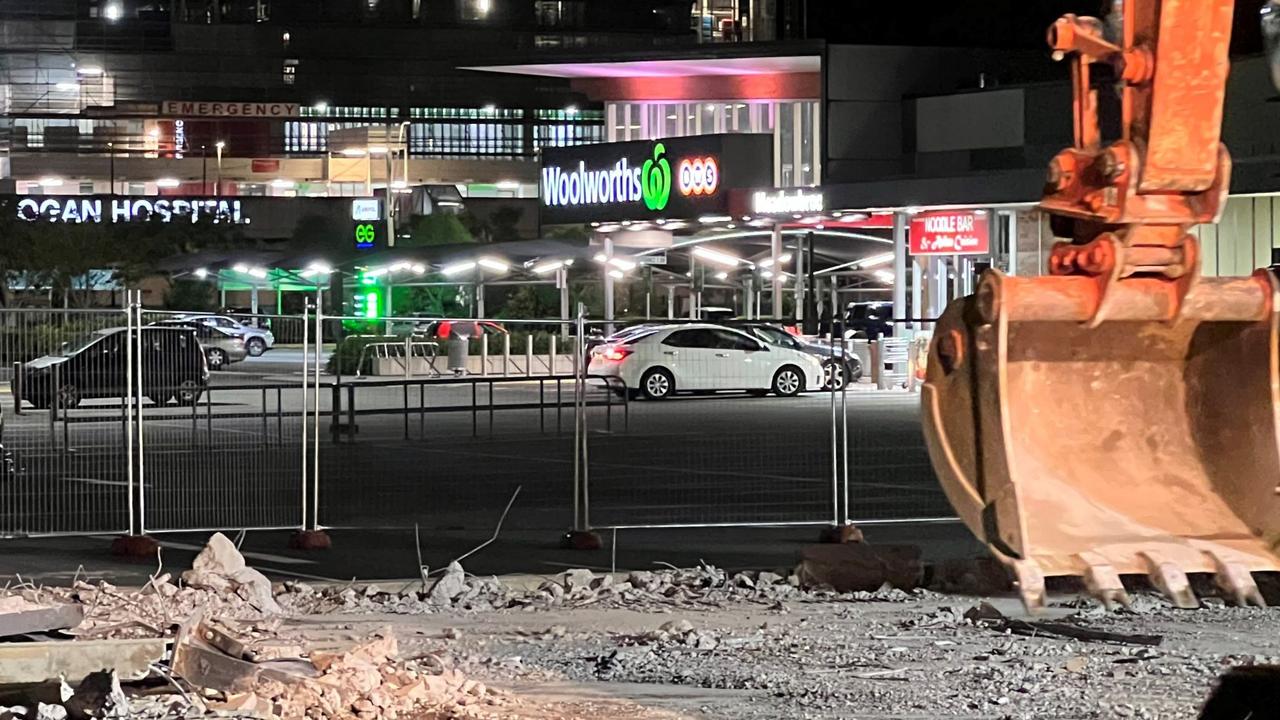Anger rises sky high as plans take off to redirect flights over bayside suburbs
Plans to re-route thousands of flights across Moreton Bay waters to reduce noise pollution in Brisbane have prompted criticism from bayside communities.
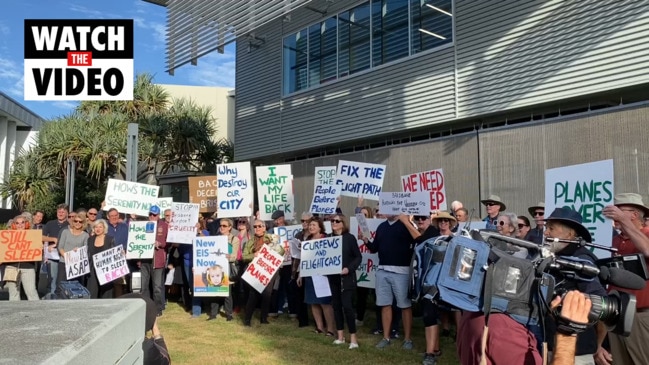
Redlands Coast
Don't miss out on the headlines from Redlands Coast. Followed categories will be added to My News.
Plans to re-route thousands of flights across Moreton Bay waters to reduce noise pollution in Brisbane have prompted criticism from bayside communities.
An independent report into Brisbane’s new parallel runway’s flight paths recommended increasing flights over the bay starting next year in a bid to cut noise over Brisbane.
Airservices Australia commissioned the review, released this week, showing complaints and concerns from 169 suburbs, including in Redland and on the bay islands.
The grievances prompted the three new Brisbane-based Greens MPs to call for a reworking of the flight paths to limit noise over inner-city suburbs.
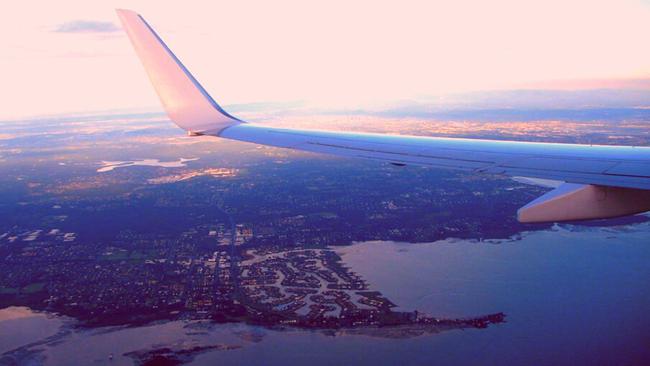
The Greens have also called for a curfew on airport operations and plan to move a private member’s bill this year.
Bowman MP Henry Pike (LNP) said shifting the problem to the bayside community was unacceptable and this week appointed a Redlands representative to The Brisbane Airport Community Aviation Consultation Group, which will discuss the noise complaints.
Mr Pike said he wanted more options considered including redirecting existing departure routes away from Redland.
“The final report calls for consideration of more flights over the bay, but the underlying assumption seems to be that nobody lives beyond the Brisbane City Council borders,” Mr Pike said.
“The review process will be ongoing, and there will be an array of community consultation which will now run for a long period of time, but my message will be clear – I will not accept any erosion of the amenity of the Redlands.”
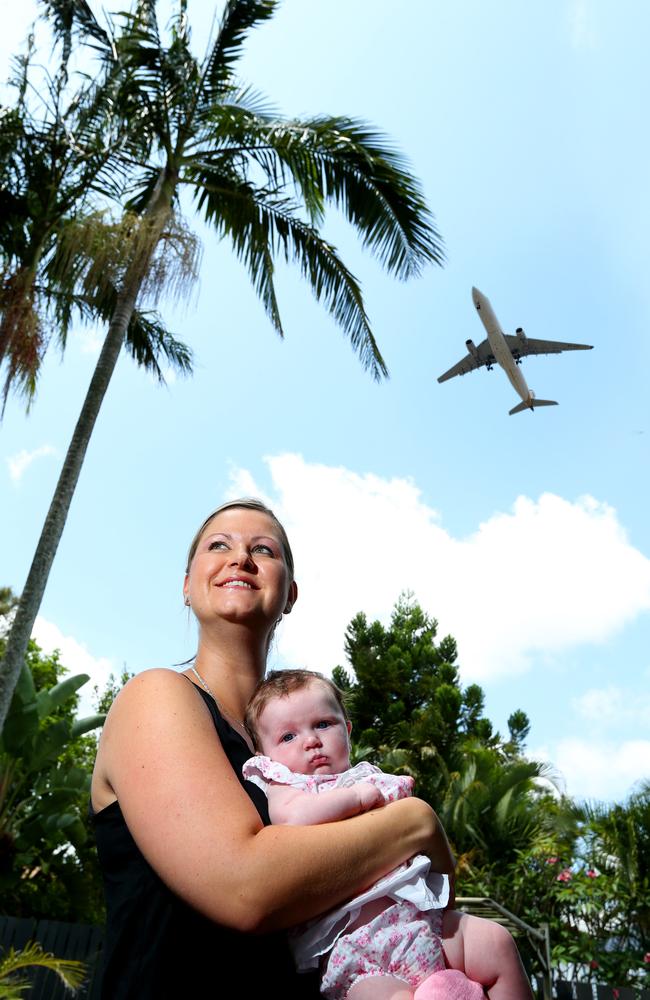
A Brisbane Airport spokesman said the airport wanted to minimise the noise impacts on local communities and would work with all partners including government, airlines and local residents.
“Flights paths are the responsibility of Airservices Australia,” the airport spokesman said.
“Next month, they will host community workshops to work through the recommendations of the independent Trax report commissioned by Airservices Australia.”
An Airport Services Australia spokesperson said no decisions on changes to flight paths had been made or would proceed without community consultation.
“We encourage all residents with an interest in Brisbane’s flight paths to participate in our upcoming September community workshops on the Trax International recommendations,” the spokesperson said.
“We are committed to considering all opportunities for improved noise outcomes for the Brisbane community, which are assessed as safe and feasible, whether they come from the Trax International Final Report or other proponents.”
Trax International recommendations were made subject to consultation with the community and a detailed safety and environmental assessment.
Meanwhile, Brisbane Flight Path Community Alliance acting chair Marcus Foth said Mr Pike was unnecessarily driving a wedge between communities.
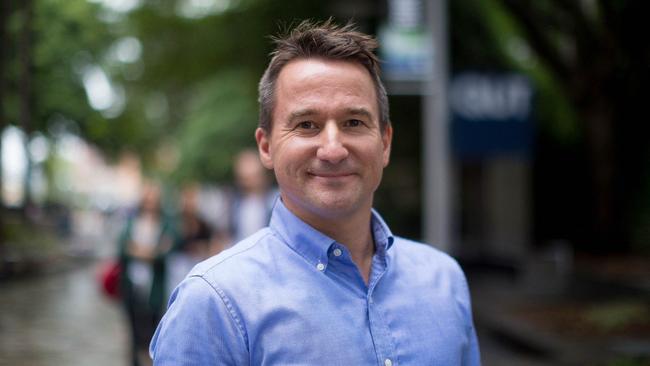
Mr Foth said the solution was satellite navigation, used in New South Wales and Sydney, which guided aircraft along paths that were not over houses.
“This is a problem that everyone has to face — and we can’t move it from one area to another because no area should take priority over another area,” he said.
“BFPCA works with everyone and we will bring all communities together to fight the noise pollution which is a by-product of corporate greed.
“We do not want to shift this problem to the bay islands or to Redlands.”
The Civil Aviation Safety Authority will review and assess all new Brisbane flight paths that Airservices Australia submits to ensure they comply with domestic and international regulations.
CASA refused to comment on whether flight paths over Moreton Bay were more or less dangerous than the current flight paths over inner-city suburbs.
Airservices Australia chief executive officer Jason Harfield will prepare and publish a recommended approach in response to the Trax final report by the end of August, ahead of community meetings scheduled for early September.




